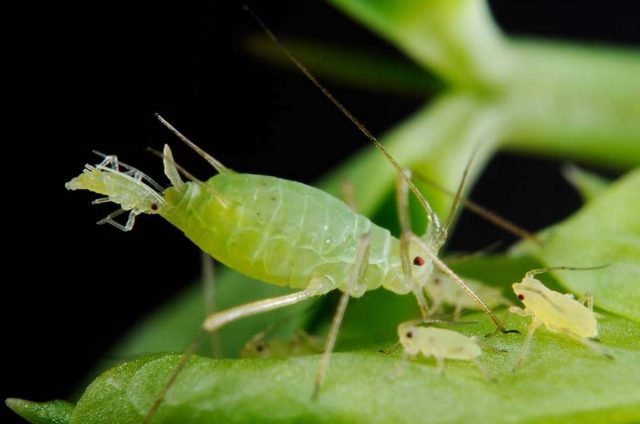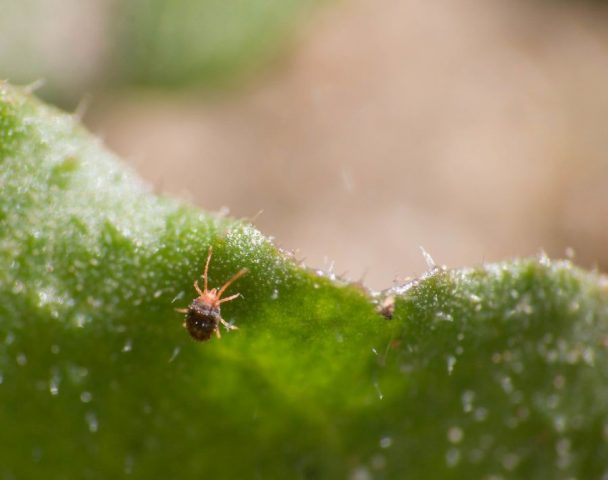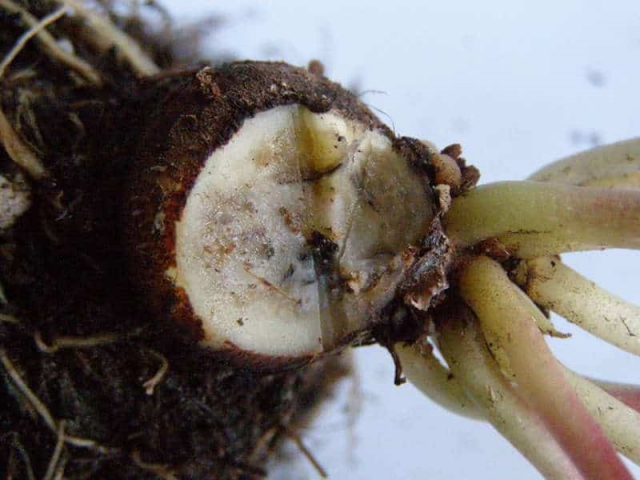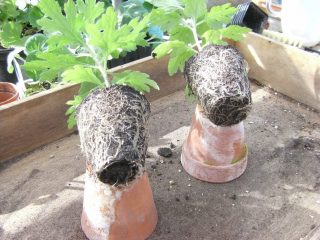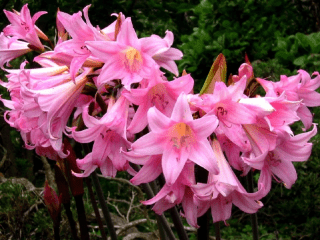Content
Tuberose flower is an ornamental plant represented by many varieties. Growing a crop in open ground is easy if you follow the basic rules.
Description of tuberose with photo
Tuberose, or tuberous polyanthes (Polianthes tuberosa) is a perennial plant of the Asparagus family. The flower is popular among gardeners due to its decorative properties and pleasant aroma.
What tuberose looks like
Tuberose has low stems up to 45 cm above the ground, sometimes growing up to 1 m. The leaves are elongated, pointed at the top, bright green.The plates are assembled into a basal rosette capable of spreading up to 50 cm in diameter. Usually the leaves are concentrated in the lower part of the stem, the shoot is bare at the top.
The root system of polyanthes is tuberous and consists of elongated bulbs up to 6 cm in diameter with brown scales. Each flower tuber lives up to two years and then dies, but young children remain in its place.
In spring, polyanthes produces a shoot, at the top of which spikelets consisting of fragrant buds are formed. At the first stages of development, the flowers are pale pink, then gradually become snow-white.
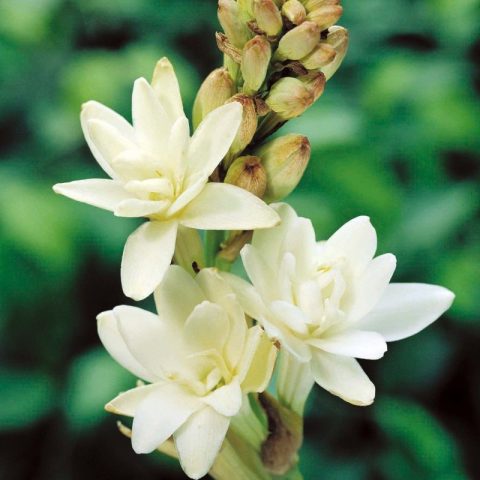
Tuberose flowers can reach 5 cm in diameter
Where does tuberose grow?
Mexico is considered the birthplace of the culture, but back in the 16th century the plant was brought to Asia and European countries. Currently, the flower is grown mainly in India and is actively used in the perfume industry.
Tuberose flowering period
The flowering time of polyanthes depends on the specific variety. Buds can appear on shoots both in spring or early summer, and in autumn. In this case, the decorative period of tuberose is usually no more than a month. Individual buds live only 2-3 days. After pollination, the flower forms fruits - small boxes with small flattened seeds.
Types and varieties of tuberose
Photos of tuberous polyanthes show that the plant is represented by many varieties. There are several of the most popular varieties of culture.
Tuberose (Polyanthes tuberosa)
The tuberous polyanthes is the most common and widely known species. It has narrow leaves up to 2 cm in diameter and bears elegant white flowers with waxy petals. Each spikelet consists of 18-20 buds.The plant usually blooms from July to early September.
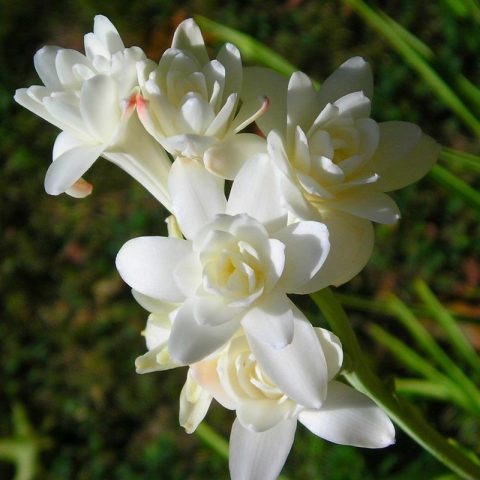
Tuberous polyanthes blooms for three weeks
The Pearl
The popular polyanthes variety produces double, snow-white flowers with slightly pinkish tips and a pleasant aroma. Fully opened buds are shaped like stars. The diameter of the corolla is about 5 cm. The leaves of tuberose are oblong, reaching 30 cm in length. The variety blooms in August-September.
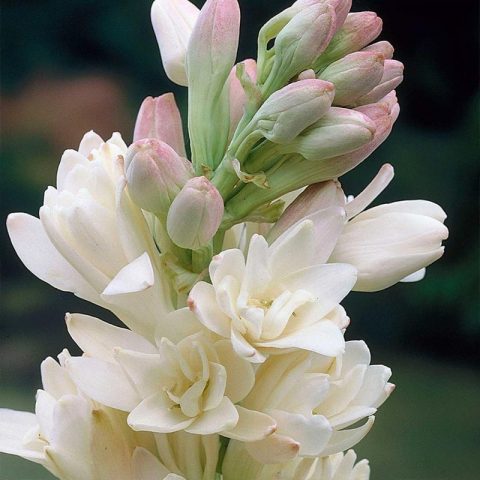
Tuberose Pearl reaches 90 cm above the ground
Sensation
Medium-sized polyanthes stretches up to 60 cm above the ground. It blooms with pale pink buds, flowering occurs in late summer. The plant prefers loamy and sandy loam soils and grows well in sunny areas. The flowers reach only 3 cm in diameter, while the length of the brush can be 30 cm.
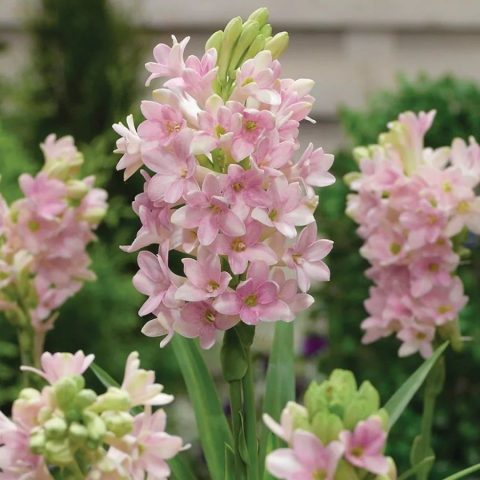
It is recommended to plant Polianthes Sensation in an area with a neutral pH
Broadleaf tuberose (Polyanthes platyphillus)
Polyanthes of this variety has broad-linear leaves of the basal type and bears white flowers up to 4 cm in diameter. Unlike most varieties, it forms single buds that are attached to the shoots on drooping stalks. It emits a pleasant but very weak aroma.
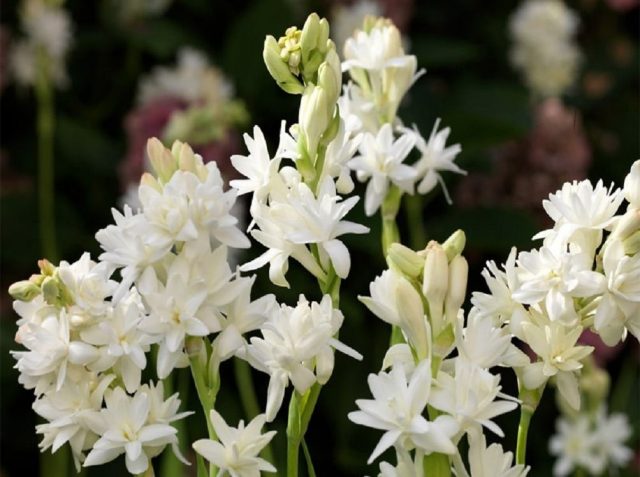
Broadleaf tuberose blooms quite early - in April and early May.
Tuberose geminiflora (Polyanthes geminiflora)
The flower has very small bulbs up to only 1 cm in diameter and is found naturally in oak forests in Mexico. Blooms in early summer, bearing yellow or reddish-orange buds. The flower prefers clay soil and is drought-resistant.
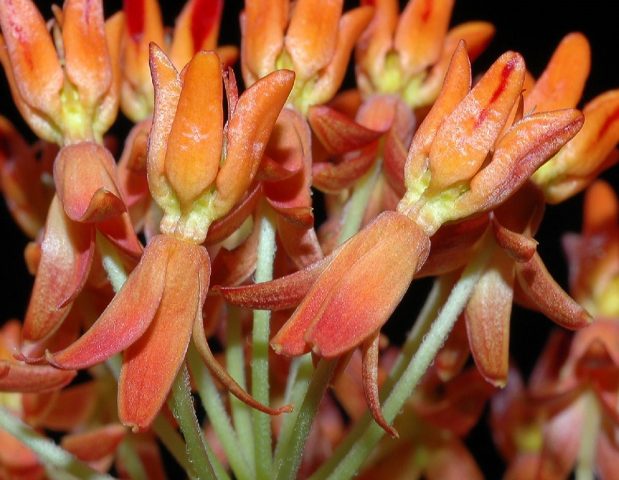
Polyanthes geminiflora requires good lighting when grown in the country
Howard's tuberose (Polyanthes howardii)
Another Mexican variety of the plant does not shed its leaves for the winter and blooms throughout the year. The buds of polyanthus are unusual; they can have a dark pink, coral, grayish-green and almost black tint.

The length of the inflorescences of Polyanthes Howard can reach 1 m
Planting tuberose bulbs in open ground
You can grow tuberose at your dacha directly in open ground without planting seedlings. If the optimal timing is observed, the crop easily takes root in the soil.
When to plant tuberose in open ground
Polyantes should be planted in the spring in mid-April or May. The flower does not tolerate cold well, so you need to wait until the return frosts end. The soil should warm up to at least 10 °C.
In the southern regions, polyanthes is planted quite early. In the Moscow region, it is recommended to transfer tuberose to the site closer to summer. At the end of the season, the procedure is not carried out - the flower does not overwinter well in the ground and often dies.
Tuber preparation
In order to grow tuberose babies without any problems, you need to subject them to special treatment before planting:
- Place the bulbs in a weak solution of potassium permanganate for disinfection for 10-15 minutes.
- Wrap the babies in a damp cloth.
- Place in a shaded but warm place with a temperature of about 25 °C.
Keeping the bulbs in a damp cloth usually takes about ten days. After this, white young roots will appear, and the children can be planted in open ground.
Selecting a location
To properly plant tuberose, you need to choose a suitable place for it. The flower is placed in a well-lit area, protected from a cold draft.The soil should be moderately moist, but not swampy. You cannot plant tuberose in lowlands and dense shade. But it is allowed to place the flower in light shade on the western or eastern side of the site.
Polyanthes develops best on loose and nutritious neutral soil. The pH value for the flower should be between 6.5-7 units.
At what depth to plant tuberose?
It is necessary to plant tuberose in open ground according to the standard scheme. About two weeks before the procedure, the selected area is dug up and fertilized with humus at the rate of 5 kg per 1 m2. In addition to organic matter, a small amount of potassium sulfide and superphosphate is added to the soil.
Direct planting of bulbs is carried out as follows:
- Dig small holes in the area at a distance of 20 cm.
- Pour a little sand into the bottom of each hole to create drainage.
- Place tuberose in the center and sprinkle with soil.
- Lightly compact the soil surface and water.
Tuberose babies are very small, so they need to be buried only 1.5 - 2 cm. If you bury the flower too much in the ground, it will germinate slowly and with difficulty.
How to care for tuberose
Growing and caring for perennial polyanthes is quite simple. You only need to pay attention to a few basic procedures.
Watering
The flower loves moderate moisture, but does not respond well to swampy soil. When growing, it is necessary to provide the crop with regular watering with settled, lukewarm water. Typically, moisture is added during prolonged drought up to twice a week. The procedure is carried out in the evening or in the morning, while there is no bright sun on the site. During the rainy season, you should avoid moistening the flower.
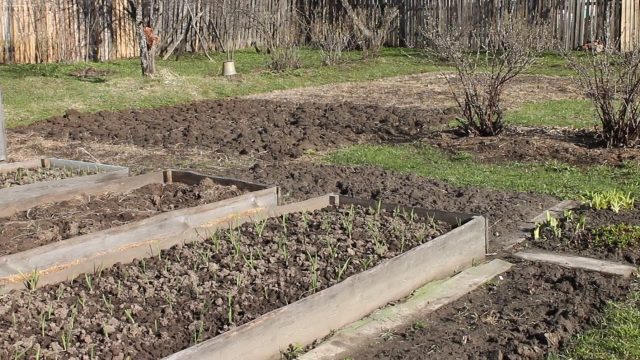
Watering of polyanthus is not carried out in the spring after the snow melts, since the soil remains quite moist for a long time.
Top dressing
To grow tuberose strong and beautiful in the garden, you need to fertilize the plant from time to time. The crop is fertilized for the first time in the spring before flowering begins. An infusion of bird droppings or a mullein solution is added to the soil.
The second time the flower is fed at the end of the decorative period. It is necessary to use phosphorus-potassium mineral preparations that increase the endurance of the crop.
Trimming
Agricultural technology for tuberose involves timely pruning of the plant. After the leaves dry out in the fall, it is necessary to shorten the polyanthes almost flush with the ground, and then dig up the bulbs and store them.
During the warm season, decorative pruning is not carried out for the flower. It makes sense to trim the plant only if the tuberose has outgrown due to excessive feeding.
Digging and storing tubers
The winter hardiness of polyanthus is quite low, so with the onset of autumn the plant is dug out of the ground. This must be done after the seed capsule of the flower has formed around October.
Tuberose tubers are carefully removed from the soil, rinsed in warm water and disinfected with a solution of potassium permanganate. After this, the bulbs need to be dried and stored in a dark place with low humidity. The optimal storage temperature should be 10-15 °C.
The tubers should be placed in a box with dry sand or sawdust or wrapped in paper. You can store tuberose until spring in the underground or basement, if it is dry enough.
Reproduction methods
The tuberose plant can be propagated using baby bulbs. Other methods are usually not used, since the culture takes root rather poorly.
How to divide tuberose bulbs
Small baby bulbs grow on the mother tuberose tuber, which can be used for planting in separate holes. The reproduction process is standard and looks like this:
- In the spring, after warm weather has established, young children are separated from the main bulb.
- Planting material is disinfected with a solution of potassium permanganate.
- The bulbs are germinated in a damp cloth until roots appear.
- Transfer the planting material to a closed container with loose soil and provide quality care.
During the first 2-3 years, polyanthes bulbs gain nutrients. Only after the tuber becomes large enough and reaches 35-45 mm in diameter will the crop be able to bloom for the first time. It is recommended to transfer tuberose to the garden no earlier than two years after planting.
Pests and diseases
Tuberose has good immunity and is rarely affected by pests and fungi in open ground. But if the rules of agricultural technology are violated, the following pose a threat to the flower:
- aphid - a pest that feeds on succulent young leaves of tuberose and reduces its decorative effect;
Aphids usually damage polyanthus in early summer
- spider mite - the parasite entangles shoots and plates of crops in dry weather, interferes with photosynthesis processes and sucks juices from the green parts of the plant;
Regular spraying of tuberose with water can prevent the appearance of spider mites.
- root rot - the fungus develops against the background of swampy soil, the flower slows down its development and then dies.
Polyanthes root rot cannot be treated, so affected plants are simply eliminated
At the first signs of fungi, it is recommended to treat tuberose in the garden with Fitosporin or copper sulfate. Grom and Neoron products, as well as a homemade solution of laundry soap, are good for pests.
Application in landscape design
A low flower in landscape design is usually used to create borders. You can plant tuberose in the foreground of artistic compositions next to tall perennials. Also, the flower is placed in groups of several pieces on a green lawn.
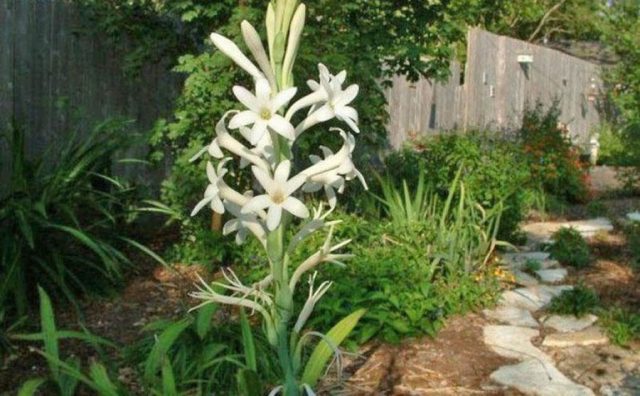
Most often, tuberose is planted along paths, near gazebos and terraces due to its pleasant aroma.
Polyanthes combines with most perennials in the garden. When planting, you only need to leave free space between the plants so that they do not interfere with each other’s development. The gaps must be at least 20 cm.
Conclusion
The tuberose flower is unpretentious and can grow in light shade and sunny areas. When growing, the main attention should be paid to periodic watering. It is also important not to miss the deadline for digging up the bulbs, since they die in the ground in winter.
Reviews of tuberose flower
